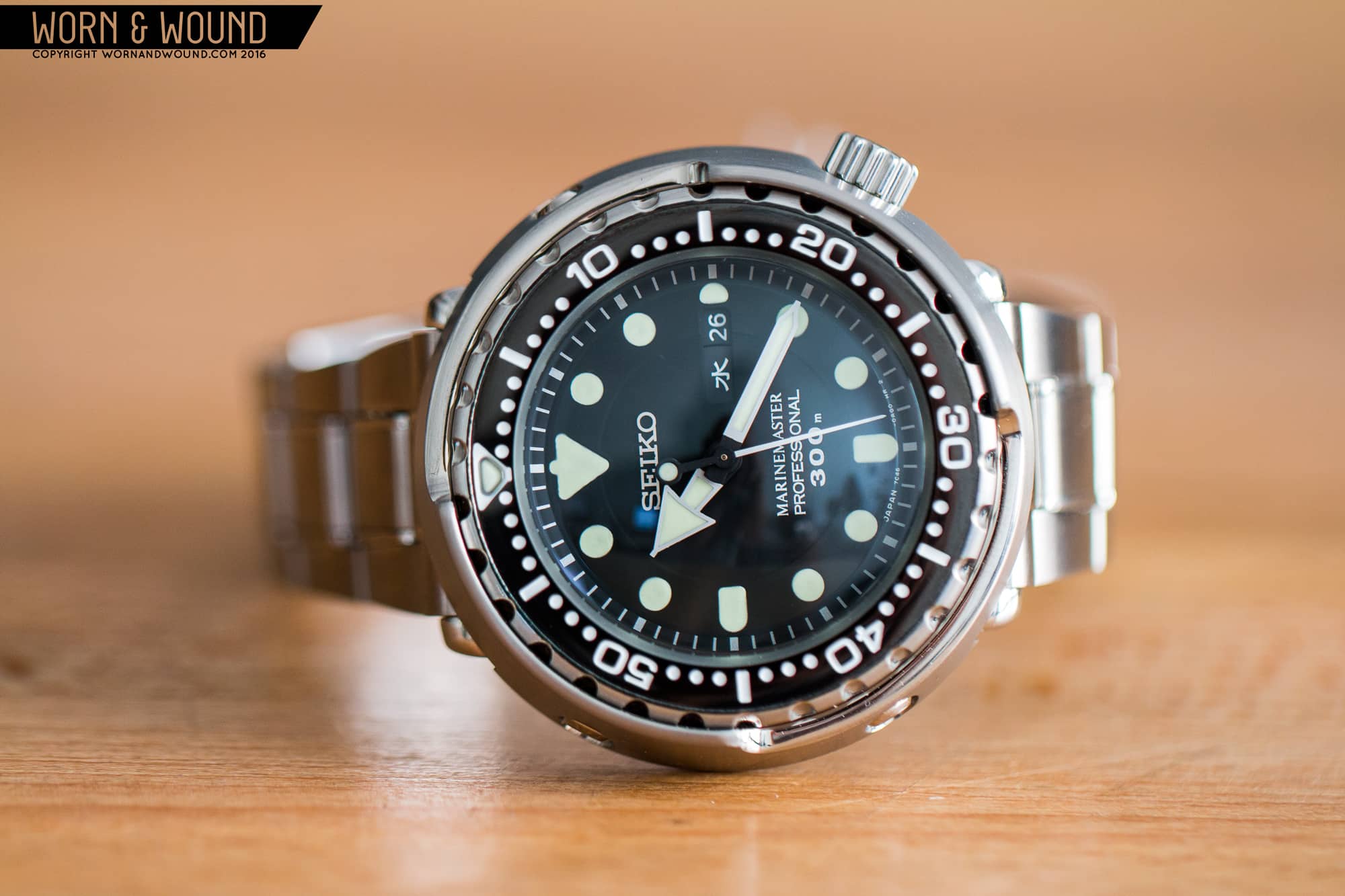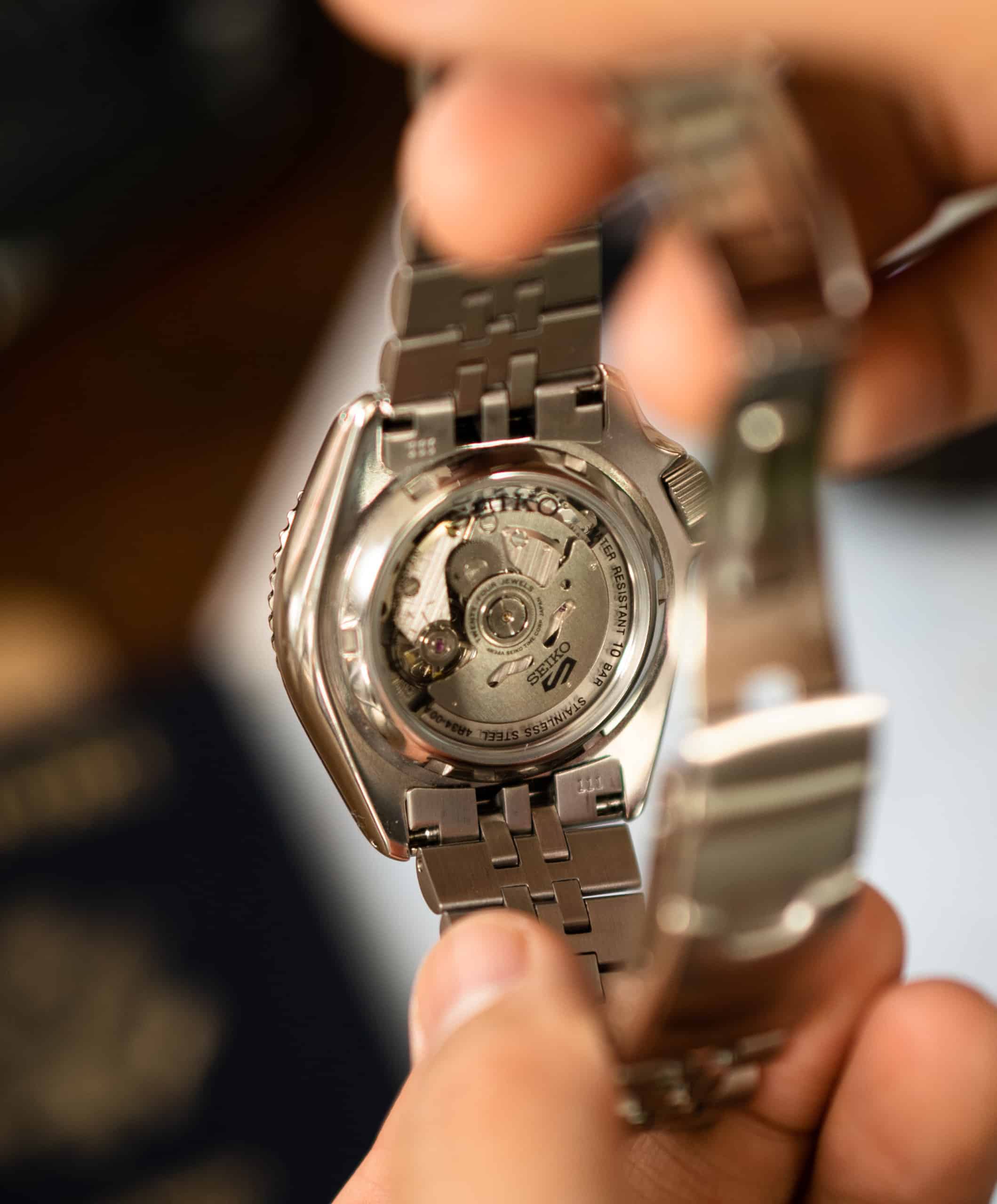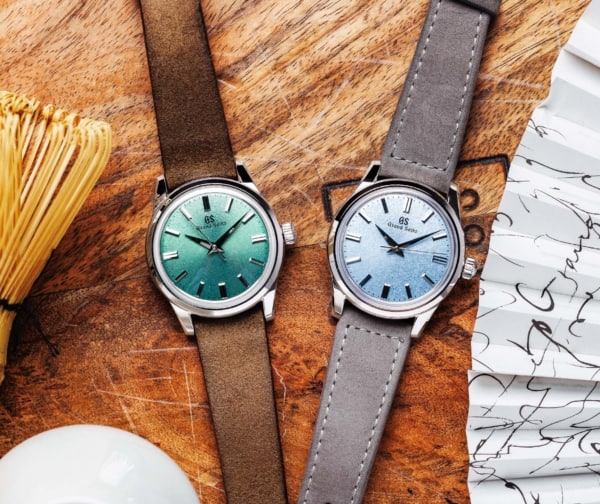I am not sure if you do this or not, but when I find out the time deviation on a watch, I will either set it ahead a minute or behind a minute and will not reset it again until I am one minute past the correct time or one minute behind. The longer between these resetting intervals, the better. In the meantime, I try very hard to NOT track the time and enjoy the watch. Ideally, if I can go a month without resetting my watch, I am happy. I get it that is basically +/- 2 seconds per day, which is very rare.
Rare indeed, but not unachievable. Most of my Tudor watches have run within those specs, so has my last Planet Ocean and my beloved Railmaster, not to mention my Rolex Explorer II. I recently reviewed a Circula DiveSport, which was running +3 seconds per day on my wrist. At its price point, that is quite commendable. When I do not have to worry about accuracy, I can focus on other aspects and details, but then this leads to precision, and this is another can of worms altogether.
Precision is very much a pet-peeve of mine. If the watch hands do not line up perfectly with each marker or hash-mark around the dial, I cannot live with it. I do not mean setting it incorrectly. I mean if I set the watch perfectly and the hands line up with most of the marks but misses on a quarter or half the rest of the dial. Worse yet, if the hands hit the hash marks between the markers but misaligns with the large 5-minute markers themselves. This is a no-no. To me this is a sign of poor quality control, or lack of attention to detail by the manufacturer.
![]()
The same goes with precision crafted parts of the watch. If the clasp shuts and there is a lot of play when closed. If a bezel has back play. If the end-links are loose between the lugs and make noise. If a fixed bezel (or any bezel) is misaligned. If there is a tiny piece of lint or dust between the crystal and the dial. All these things are unacceptable. We pay a lot of hard-earned money for these watches, and we are very passionate about them. We deserve the very best they can do to mitigate these issues and not just sweep our issues under the rug.
I realize after having written all of this, I have come across as quite finicky, on the verge of neurotic when it comes to my watches. You can call me the horological Sheldon Cooper, but over the years I have seen what CAN be achieved, and I believe it is not too much to ask for more accurate and precise watchmaking. Quality control should be a real thing.
Especially in recent times, as prices have sky-rocketed, I feel that now, more than ever, we should hold manufacturers accountable and demand better. If smaller, independent micro-brands, such as Farer, Oak & Oscar and Fomex can do it, so can the big ones. In the meantime, my 50th Birthday watch has gained 35 seconds in 175 days and I have yet to find any precision issues, and that puts a giant smile on my dorky face.
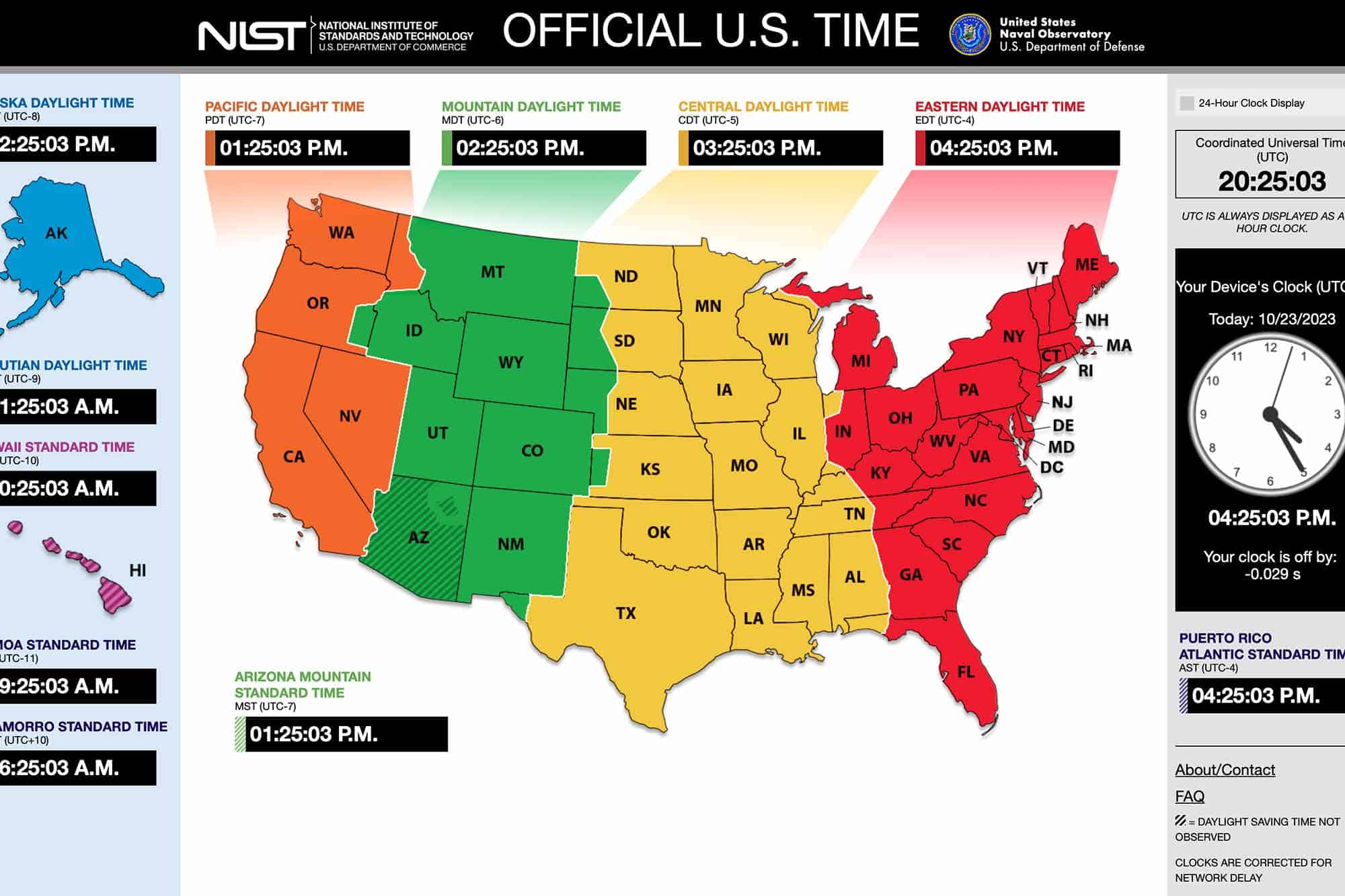
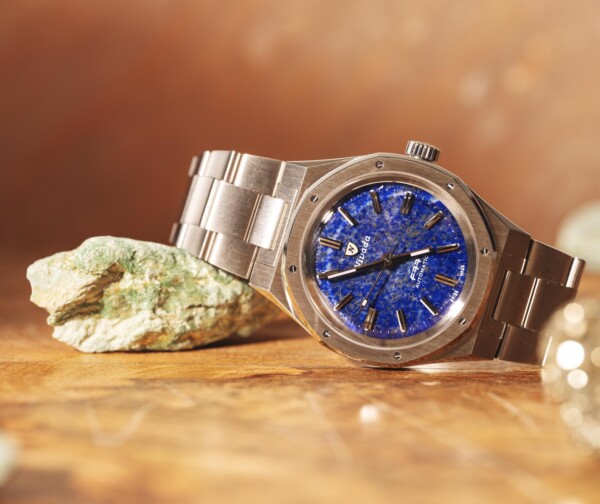








 Featured Videos
Featured Videos




